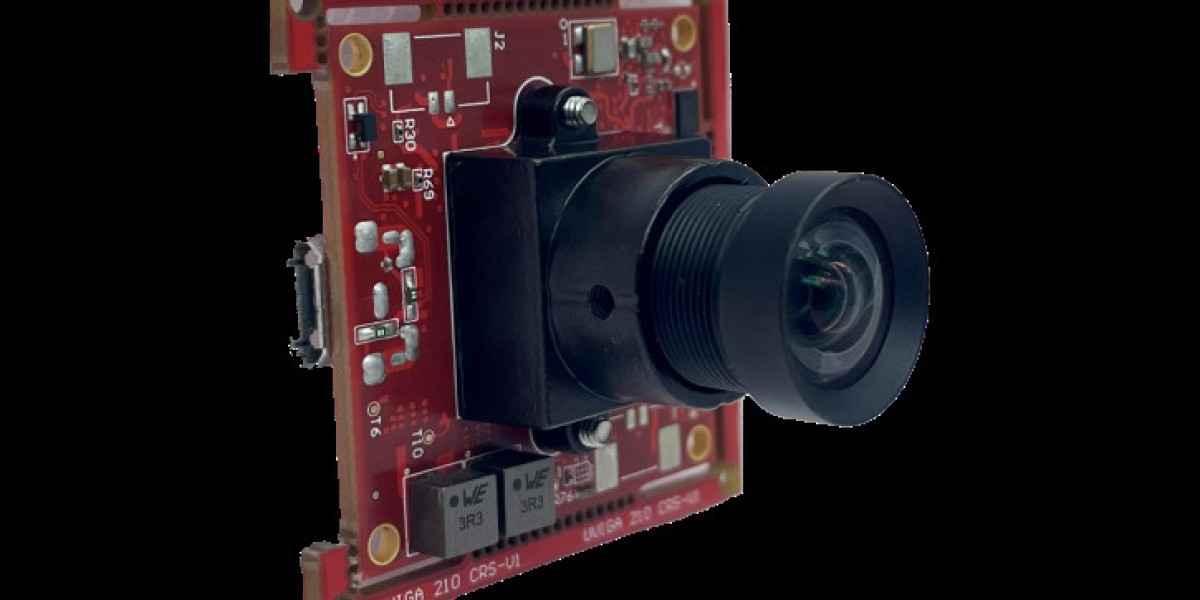Why Study in Canada?
- High-Quality Education: Canadian institutions consistently rank among the best in the world, offering a wide range of programs and degrees.
- Cultural Diversity: Canada is known for its multicultural society, making it a welcoming place for international students.
- Work Opportunities: Students can work part-time during their studies and full-time during scheduled breaks, with opportunities to gain valuable work experience.
- Pathway to Permanent Residency: Canada provides various pathways for international students to transition to permanent residency after graduation.
Types of Canadian Student Visas
- Study Permit: This is the most common type of visa for international students. It allows you to study at designated learning institutions (DLIs) in Canada.
- Temporary Resident Visa (TRV): Depending on your country of citizenship, you may also need a TRV to enter Canada.
- Electronic Travel Authorization (eTA): Some students may need an eTA instead of a TRV, based on their nationality.
Eligibility Requirements
To apply for a Canadian student visa from Australia, you must meet the following requirements:
- Acceptance Letter: Obtain a letter of acceptance from a DLI in Canada.
- Proof of Funds: Demonstrate that you have sufficient financial resources to cover tuition fees, living expenses, and return transportation.
- No Criminal Record: Provide a police certificate to prove you have no criminal record.
- Medical Exam: Undergo a medical examination if required.
- Intent to Leave: Convince the immigration officer that you will leave Canada after completing your studies.
- English or French Proficiency: Meet the language proficiency requirements of your chosen institution.
Application Process
- Choose a Program and Institution:
- Research and select a program and institution that aligns with your academic and career goals. Ensure the institution is a DLI.
- Apply to the Institution:
- Submit your application to the chosen institution. Once accepted, you will receive a letter of acceptance, which is necessary for your visa application.
- Gather Required Documents:
- Prepare all required documents, including your letter of acceptance, proof of funds, passport, passport-sized photos, and any additional documents requested by the visa office.
- Complete the Online Application:
- Create an account on the Immigration, Refugees and Citizenship Canada (IRCC) website and complete the online study permit application.
- Pay the Application Fee:
- Pay the required application fee, which includes the study permit fee and, if applicable, the biometrics fee.
- Submit Biometrics:
- Provide your fingerprints and photograph at a designated Visa Application Centre (VAC).
- Attend an Interview (if required):
- Some applicants may be required to attend an interview at the Canadian consulate.
- Wait for a Decision:
- Processing times vary, so be prepared to wait a few weeks to several months for a decision. You can check the status of your application online.
- Prepare for Arrival:
- If your application is approved, you will receive a Port of Entry (POE) Letter of Introduction and, if required, a TRV or eTA. Prepare for your arrival in Canada, including arranging accommodation and understanding the customs regulations.
After Arriving in Canada
- Study Permit Issuance:
- Upon arrival, present your POE Letter of Introduction and other required documents to the immigration officer. They will issue your study permit.
- Work While Studying:
- As a full-time student, you can work up to 20 hours per week during academic sessions and full-time during scheduled breaks without a separate work permit.
- Post-Graduation Work Permit (PGWP):
- After completing your studies, you may be eligible for a PGWP, allowing you to work in Canada for up to three years.
- Pathway to Permanent Residency:
- Explore various immigration programs, such as the Canadian Experience Class (CEC) or Provincial Nominee Program (PNP), to transition from a temporary resident to a permanent resident.
Conclusion
Obtaining a Canadian student visa from Australia involves several steps, but with careful planning and preparation, you can successfully embark on your educational journey in Canada. By following this guide, you'll be well-equipped to navigate the process and take advantage of the opportunities that studying in Canada offers.



